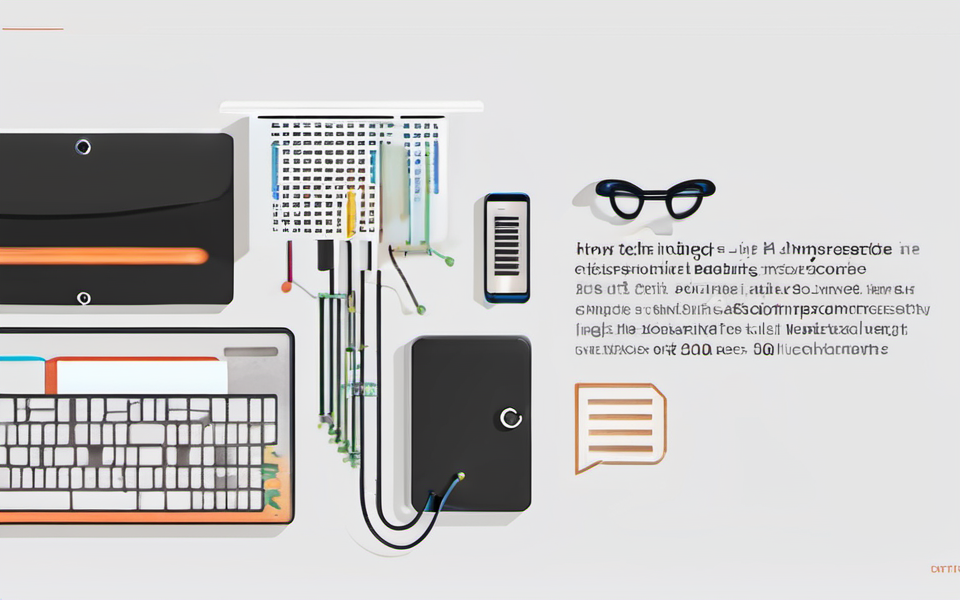Forget everything you thought you knew about cybersecurity. It’s not just about firewalls and antivirus anymore. The future of cybersecurity is being rewritten with groundbreaking tech and it’s going to revolutionize the way we think about protecting data. Get ready for a glimpse into a future where AI, quantum computing, and blockchain are changing the game, making your data safer than ever before.
AI: The New Shield Against Cyberattacks
Imagine a system that can analyze millions of data points in seconds to identify and neutralize threats before they even reach your system. This isn’t science fiction, this is the reality of AI-powered cybersecurity.
Predictive Analysis for Proactive Protection:
AI algorithms can be trained to learn from past security incidents, analyzing patterns, identifying anomalies, and predicting potential threats. This allows security teams to implement proactive measures, like blocking suspicious traffic or updating vulnerabilities before an attack can take place.
Automation for Enhanced Security Posture:
Another benefit of AI in cybersecurity is its ability to automate security tasks, like threat detection and incident response. This frees up human analysts to focus on more strategic tasks while AI works tirelessly to keep your data safe.
Table: How AI is Revolutionizing Cybersecurity
| Traditional Cybersecurity | AI-Powered Cybersecurity |
|——————————————————-|—————————————————————-|
| Reactive approach (responding to attacks) | Proactive approach (predicting and preventing attacks) |
| Manual analysis of data (time-consuming and prone to errors) | Automatic analysis of vast data sets (faster and more accurate) |
| Limited ability to detect sophisticated threats | Ability to detect complex and evolving attacks |
| Vulnerable to new threats | Continuously adapts and improves its security posture |
Quantum Computing: The Key to Breaking Unbreakable Codes
The arrival of quantum computers has sent shockwaves through the cybersecurity world. While they promise breakthroughs in many fields, their ability to break modern encryption algorithms has raised serious concerns about data security.
Quantum Computing’s Power Over Encryption:
Classical computers use a method called public key cryptography to secure sensitive information. However, quantum computers can break this encryption using specialized algorithms. This raises the possibility of highly sophisticated cyberattacks, potentially putting data at risk.
Preparing for a Post-Quantum World:
Fortunately, researchers are developing new quantum-resistant encryption methods. These methods, which rely on different mathematical principles, can withstand the power of quantum computers. Organizations and governments are already working to transition to these post-quantum cryptography standards.
Blockchain: Securing Your Data Like Never Before
Blockchain technology has emerged as a disruptive force, offering new possibilities for secure data storage and sharing. Its decentralized and immutable nature makes it ideal for building a robust and transparent security system.
Decentralization for Increased Security:
In blockchain networks, data is not stored in a single location, but rather distributed across a network of computers. This eliminates single points of failure and makes the system more resilient to attacks.
Immutability for Data Integrity:
Once data is recorded on the blockchain, it cannot be altered or deleted. This ensures the integrity and authenticity of data, providing an irrefutable record of transactions and interactions.
Key Takeaways
- AI is revolutionizing cybersecurity by enabling proactive threat detection, automated response, and enhanced threat intelligence.
- Quantum computing presents a new challenge to current encryption methods but also prompts research and development of new, quantum-resistant algorithms.
- Blockchain technology provides a secure and decentralized solution for data storage and sharing, ensuring data integrity and transparency.
The future of cybersecurity is dynamic and evolving rapidly, powered by these transformative technologies. By staying informed and embracing these innovations, we can build a safer and more secure digital future.




